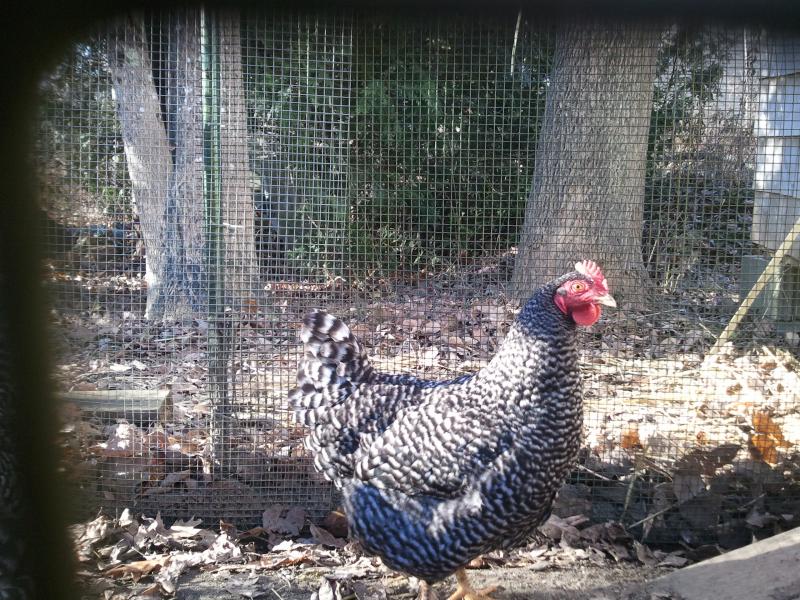Over the last few weeks, Camden, Hope, Lincolnville and Rockport voted on the method and cost of disposing of household waste, and the issue remains up in the air. Do we truck it further south for incineration or closer north for more innovative sorting and developing biological treatment once the plant is built? The current estimate of volume needing disposal is 6,000 tons per year. And the related cost projected to be at least $70 per ton costing at lease $8M per year. That a lot of trash, and a lot of money. Does it need to be?
Volume is a factor. If households could reduce their volumes substantially, it could have a tremendous impact on the cost. It's that simple.
From our house, we dispose of one yellow bag of trash or less per month. We know neighbors who have several bags a week with just two or three people in the household. That's right, we contribute just one bag of solid waste that needs disposal service, and here's how:
The transfer station we use in Rockport has sorting bins for can, plastic bottles, cardboard and paper. We recycle every plastic container, can, cardboard newspaper and other paper that comes into our house. So whenever we finish a box of kleenex, we flatten the box and it goes into carboard recycling. Same with other carboard packaging for things like beer carriers, powder dish detergent and the like. When we finish a container of mayo, or a jar of peanut butter, or a jug of detergent, the jar or jug goes in recycling, not the trash. When we're using the woodstove in the winter, toilet paper tubes and miscellaneous small pieces of cardboard we save throughout the year help as fire starters.
In our back yard, in a bin made of recycled wood pallets, we compost our coffee grounds, banana peels, onion skins, avocado skins and seeds, and all of the other kitchen waste that our backyard flock of four chickens won't eat. Over time, it becomes rich soil that can be used in the garden.
Friends and neighbors who don't have chickens also give us their kitchen waste to feed our hens. We also mostly feed them organic layer pellets so that they can continue to produce our primary protein source: eggs. This means we don't have a lot of waste from meats and other protein sources that now use things like polystyrene and plastic wrap for packaging that would go into the landfill.
For folks in Camden, you can have up to nine hens on your property, subject to sideline and setback regulations for their coop and pen. We got the ordinance changed in 2009 so this is now legal for even small house lots.
We don't use our kitchen sink disposal, so we're not adding that to the sewerage system, either.
It takes a long time for us to fill one of those yellow bags from our two-person household. Consider your own waste practices, and don't be surprised if you buy fewer yellow bags in the coming months, and help our community reduce not only the volume of trash and related costs, but our impact on the environment, as well.
Sarah Ruef-Lindquist lives in Camden

























